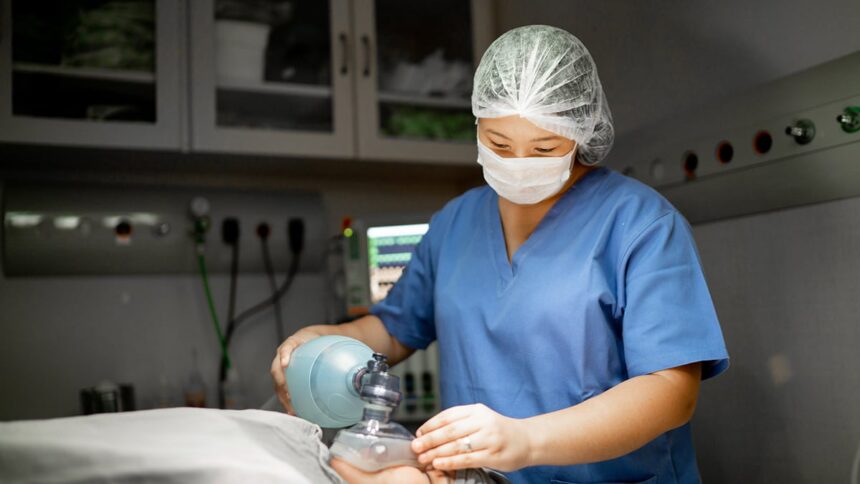The quiet operating rooms of Canadian hospitals are becoming unexpected battlegrounds in the fight against climate change. In a groundbreaking shift that merges medical care with environmental stewardship, dozens of healthcare facilities across the country have begun phasing out certain anesthetic gases that contribute significantly to greenhouse emissions—proving that climate action can occur in the most unexpected places.
Leading the charge is Toronto General Hospital, where anesthesiologists have reduced their use of desflurane, a common anesthetic with a global warming potential 2,500 times greater than carbon dioxide, by more than 80% since 2019. “We’ve essentially eliminated a climate threat that most Canadians weren’t even aware existed,” explains Dr. Maya Richardson, head of anesthesiology at the hospital. “The environmental impact is equivalent to removing approximately 300 cars from Toronto’s roads annually.”
This transition has been embraced by Canada’s medical community without compromising patient care. The movement began after research published in the Canadian Medical Association Journal revealed that healthcare activities account for nearly 5% of Canada’s total carbon footprint, with operating room practices being significant contributors. Anesthetic gases alone were responsible for emissions equivalent to those produced by 200,000 passenger vehicles each year.
The Canadian Association of Physicians for the Environment (CAPE) has documented similar initiatives at more than 40 hospitals from Vancouver to Halifax, creating a national movement within the healthcare sector. Facilities are switching to alternative anesthetics with lower environmental impacts, such as sevoflurane and propofol, which deliver comparable clinical outcomes with a fraction of the carbon footprint.
“This is a perfect example of the medical principle ‘first, do no harm’ being extended to environmental health,” says Dr. Aaron Bernstein, who specializes in environmental medicine at McGill University. “We’re recognizing that planetary health and human health are inseparable.”
The financial implications of this shift are equally impressive. The University Health Network in Toronto reports annual savings exceeding $200,000 since implementing their anesthetic gas reduction program in 2020. These funds have been redirected toward expanding green initiatives within the hospital system, creating a virtuous cycle of environmental improvement.
The movement has caught the attention of federal health authorities, with Health Canada now developing guidelines to help standardize low-emission anesthesia practices nationwide. The agency estimates that if all Canadian hospitals adopted similar measures, the greenhouse gas reduction would equal removing over 30,000 vehicles from Canadian roads.
International medical organizations have taken notice as well. Canada’s initiative was highlighted at the recent World Health Organization conference on climate change and health, where representatives from twenty countries expressed interest in implementing similar programs.
Critics initially worried that transitioning away from traditional anesthetics might compromise patient care, particularly for complex surgeries. However, data collected from participating hospitals over the past three years has shown no negative impact on patient outcomes, recovery times, or surgical efficacy.
As this medical revolution quietly progresses in operating rooms across the country, a profound question emerges: If our healthcare system can successfully address its environmental impact while maintaining excellence in patient care, what other sectors of Canadian society might achieve similar transformations with equally thoughtful approaches to sustainability?


















